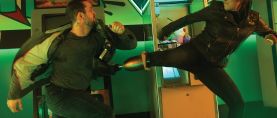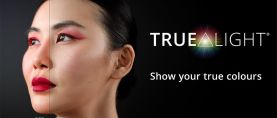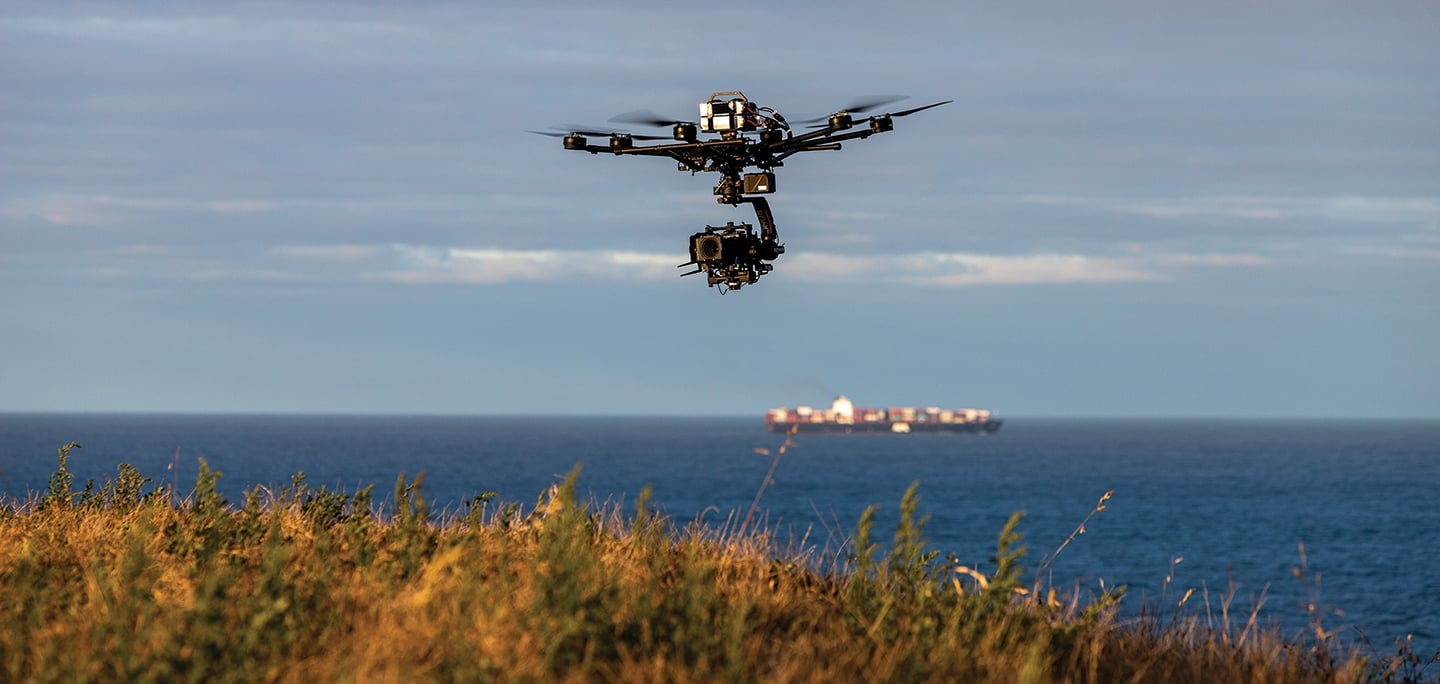
Eyes in the Sky — Shooting with Drones
Directors of photography must be ready for anything on set, and today that often means having a drone on hand.
An aerial shot was on the call sheet and the lighting at the location was beautiful, but the helicopter was grounded at the airport 50 miles away due to bad weather. “If I’d had a drone in my truck, I could have gotten the shot so easily,” says ASC member Claudio Miranda. “It was frustrating, and that’s what started me on this track.”
Miranda, an Academy Award-winning cinematographer, began learning to pilot drones in 2016, “mostly because it eased communication for me,” he says. “Once I had developed piloting skills, when I wanted a specific aerial shot, I knew exactly how to get it, and I could either capture it myself or — if it was something more complex — I could communicate it to a seasoned drone pilot.”
Directors of photography must be ready for anything on set, and today that often means having a drone on hand. AC spoke with a number of experts in the field who weighed in on the choices, misconceptions and sometimes surprising capabilities that come along with this high-flying technology.
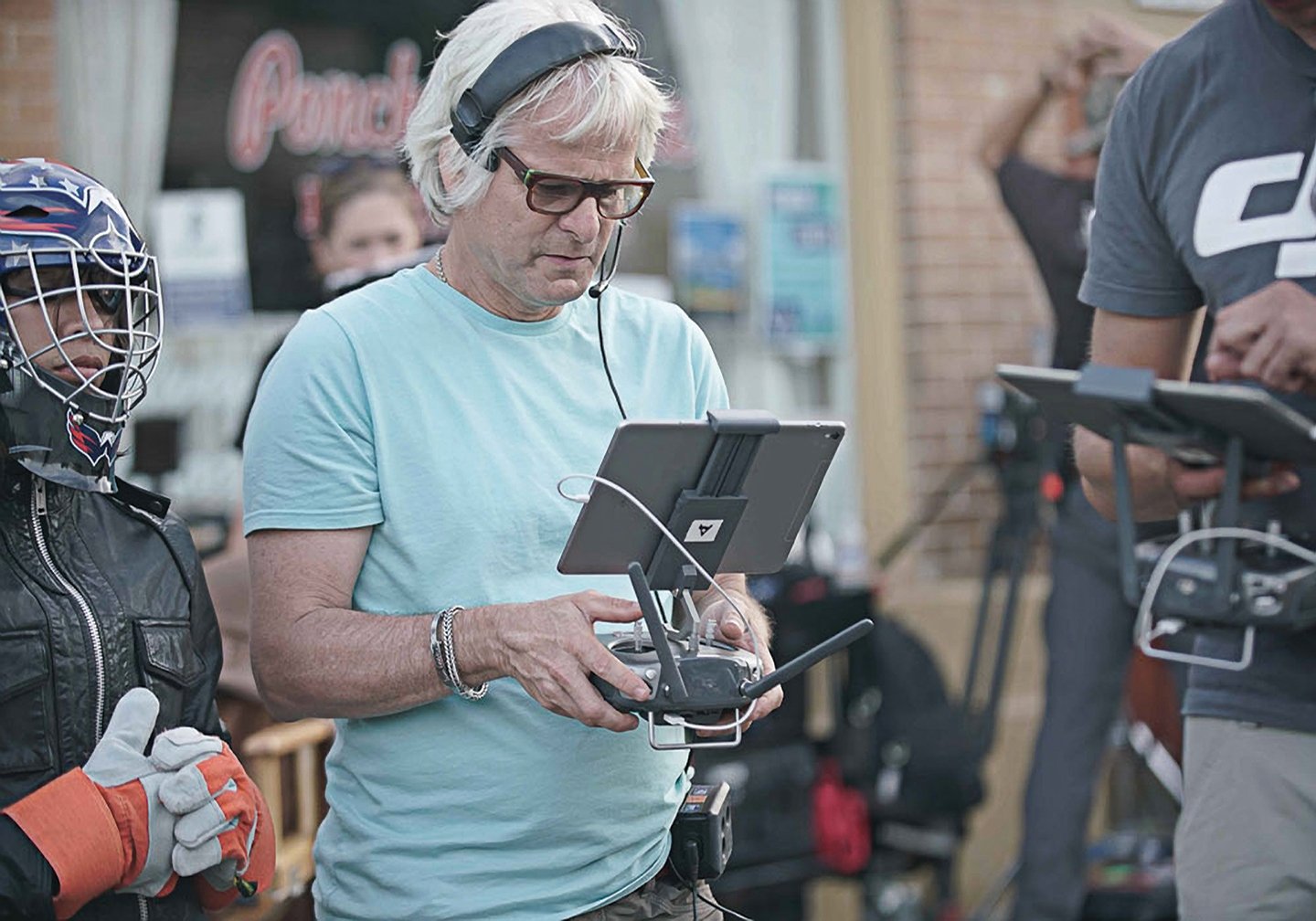
“Some people think the drone is a toy helicopter, and it very much isn’t,” says Sarah Phillips, a cinematographer and drone pilot who frequently serves both roles in tandem — including for the features IRL and Ingress, the shorts Beachworld and Supplements, and the pilot for Tavern Brawl. “It can achieve similar things to a helicopter, but it can also achieve similar things to a crane or jib — though I feel that people who think about drones as replacing other technologies are limiting their potential. A drone can do some really incredible stuff.”
“Flying right next to something or somebody as you push in or pull out, dolly left or right, or boom up or down are things I practice every day,” says drone operator and ASC associate member Mark Bender — whose aerial work has included collaborations with cinematographer Chuck France on the short Artemis; with Sam Nicholson, ASC on a commercial spot for SDGE; and with this author on the short Remains of a Nation. “I can seamlessly be photographing low over the ground and then transition to aerial points of view without changing setups, thus avoiding cuts in the middle of those transitions.” He notes his appreciation for how far drone companies have come in improving issues with low latency “between camera movement input and the actual camera movement. It is not the perfection of a Steadicam in the arms of a master operator, but it does approach that capability.”
Stuart Cram, senior marketing manager at DJI, has noticed that compound shots — for instance, a move that starts in the air on a drone, moves down to become a handheld shot, and then takes to the sky again, all without cutting — are becoming increasingly popular. He notes the feature Cherry (AC March ’21), the FX series Snowfall (AC Oct. ’19) and the CBS series SEAL Team as productions that have featured such work. “New things are added to the language all the time,” he says. “Sometimes an aspect of the move can only be achieved with a drone, and sometimes it can only be achieved with that specific drone.”
“My personal challenge is to make the viewer feel it is natural to fly.”
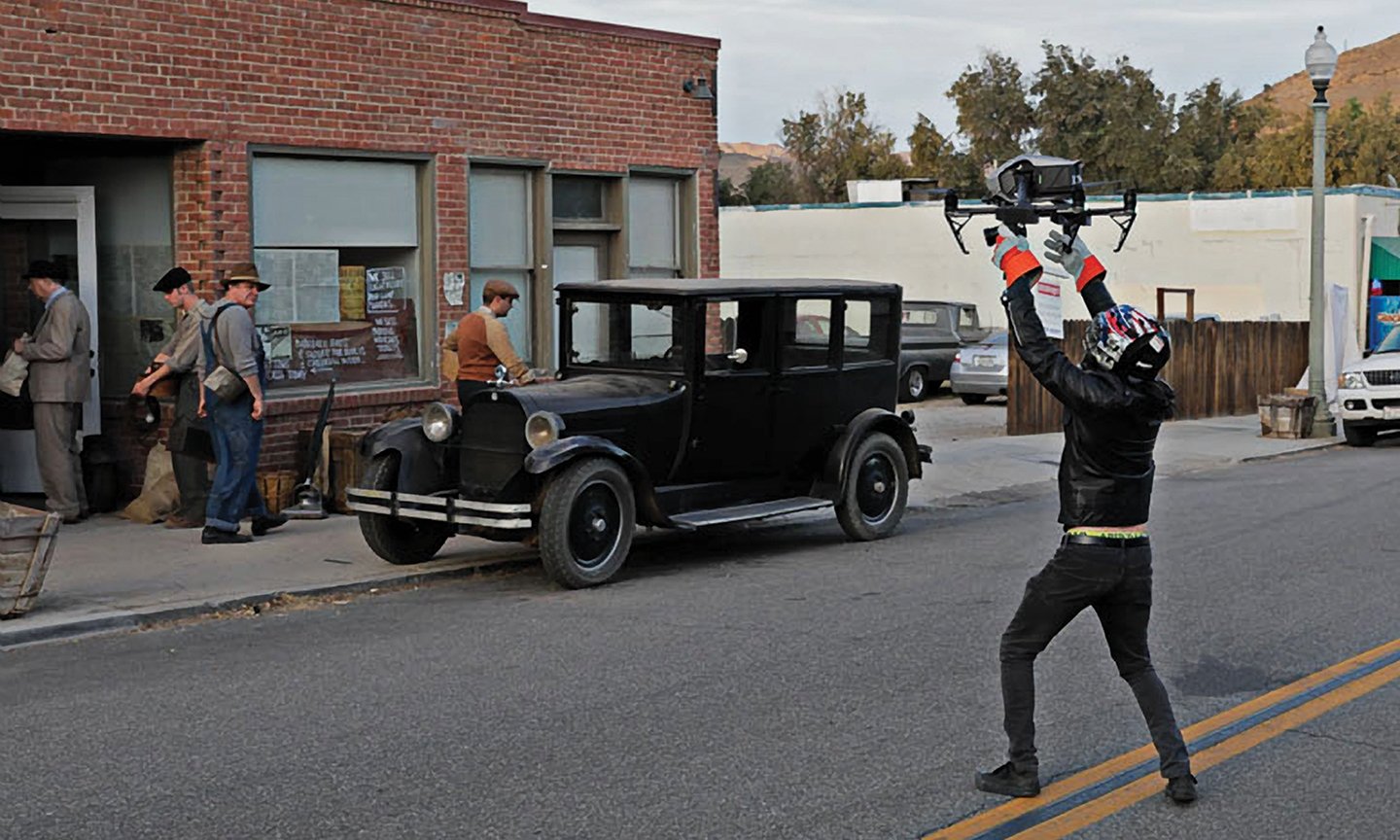
It’s equally important for filmmakers to understand the limitations of the technology, says Bender. “It’s the right tool for some situations, but not every situation. People try to use drones for precise jib or crane moves, and although they are pretty good, you can’t get that precise repeatability out of them all the time because they are literally part of the air they fly in. Drones offer another palette of perspectives — sometimes it’s valuable and sometimes it isn’t. You know, not every movie needs an ‘Eye of God’ shot to be force-fit into the storyline, or the camera to roll disturbingly from left to right.”
But for projects that are enhanced by a drone’s perspective, he adds, “my personal challenge is to make the viewer feel it is natural to fly, and embrace the aerial perspective. The objective is to immerse them further into the story with these visuals. Working with directors and cinematographers who wish to explore this is very exciting and satisfying.”
Regarding the choice of drone size, Miranda notes that the camera’s distance from the actor is key in this determination. “You have to know what it is you’re trying to do and plan your shot,” he says. “Obviously, a helicopter can’t come very close to an actor. You can get a bit closer with a big drone, and you can get even closer with a small drone, which allows for a greater intimacy with the actor.”
Phillips suggests that even if a production is employing a particular camera and lens combination, a smaller drone with a built-in camera can generally produce a comparable image on a budget — especially for establishing shots, because “you’re usually at infinity focus either way. But if you want a specialty shot that starts close on an actor and pulls back to a point far away, you might use the A cam rigged on a larger drone for that depth-of-field change.”
“The democratization of aerial movement has made life a lot easier for filmmakers, which I think is really important.“

Stephen Oh, chief executive officer of aerial-cinematography company XM2 Pursuit, has designed large drones for numerous projects, including Pirates of the Caribbean: Dead Men Tell No Tales, shot by Paul Cameron, ASC. Oh notes that filmmakers on such large-scale movies generally prefer to achieve consistency between the drone work and the cameras on the ground by shooting with “the same sensor and same glass” at all times. He adds that “with a larger drone, we also can shoot on film and fly camera arrays.” The company has provided drone services for film-captured productions No Time to Die (AC April ’20) and the HBO series Westworld, and for camera arrays on Star Wars: The Rise of Skywalker (AC Feb. ’20).
Oh and his team learn quite a bit by spending time on set. “We’ve collaborated with a lot of great DPs, and they’ve all contributed to our work in their own ways,” he says. “When we’re on set, we watch and listen, and even if a cinematographer might not make a specific request, I might hear them commenting about some aspect of the drone on set, and that helps me understand how we can improve it. Sometimes an idea will just pop, or something will emerge from a chat with someone — and we go with it.”
Bender notes that even with larger drones, what can be achieved “still comes down to the skill of the operator. And with the biggest drones, there are multiple operators: someone flying and at least one camera operator. Being a camera-dolly grip is already an art, and being a drone pilot is like being a 3-dimensional dolly grip. Just because you are flying does not mean you leave your camera/dolly skills on the ground — you just take them to new heights.”
Among Miranda and DJI’s numerous collaborations, which include the drone-heavy feature Only the Brave, various commercials (“especially car spots,” he says), and the much-awaited up-coming feature Top Gun: Maverick — was The Circle, a 2016 short-form production that was shot by Miranda and designed to showcase DJI’s Inspire 2 and its X5S camera. The Circle centers on a father and son’s relationship, and was captured entirely with the Inspire 2 rig — not only the aerial shots, but all the conventional shots as well. “To get close-ups for driving shots, we rigged the drone-mounted] camera to a hostess tray strapped to the picture car,” Miranda says. “For a shot where we wanted to lower the camera directly over a bed, we used a couple of pulleys and used the drone as a remote head. It was a cool way to use the drone — we might not have been able to get high enough at that location with a standard remote head and cine camera.”
Miranda sees The Circle as a testament to everything drones can do. “For me, a lot of the appeal is having the ability to focus on what I want,” he says. “Aerial cinematographers set a deep stop, and it covers everything. On The Circle, the stop was faster and my AC was able to pull focus from the monitors to selectively focus on subjects.”
Miranda notes that he is part of DJI’s Masters Program, and provides input on the development of their technologies. He also acknowledges the support of Kevin LaRosa II at Helinet Aviation Services, who has been especially helpful in Miranda’s journey in the drone world, and with helping him navigate the rules and regulations involved with commercial drone shooting.
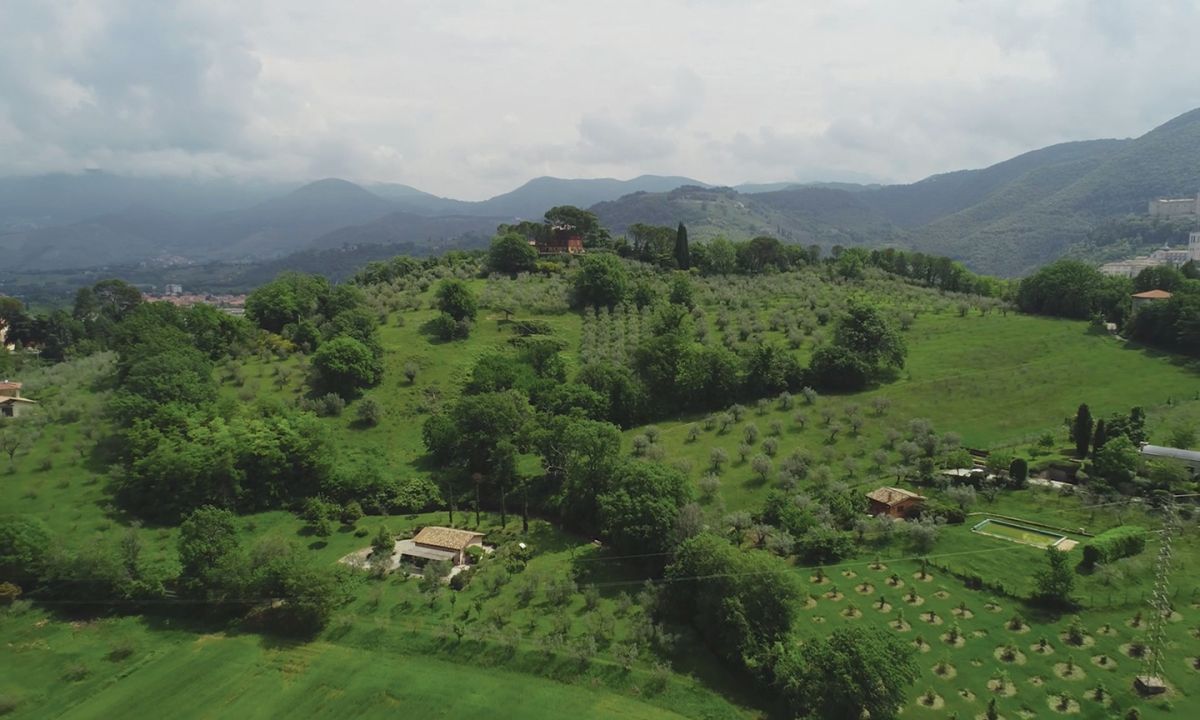
Miranda submits that though he used “everything” during production of Top Gun: Maverick (“drone, helicopters, jets”) — and that drone photography may be typical of today’s large-scale productions — the technology offers advantages to lower budgets as well. “I get excited about anything that makes a shot more interesting, and drones have made aerial shots possible for filmmakers who can’t afford helicopters. This democratization of aerial movement has made life a lot easier for these filmmakers, which I think is really important. You can go out with an Inspire 2 and get amazing shots if you treat it right. The opportunity is there.”
Says Phillips, who is in the habit of always bringing a drone with her on projects, “Why shy away from having bigger shots in your film? You don’t need a massive crane to get a bird’s-eye shot anymore. Busby Berkeley cut a hole in the top of the soundstage to get the right view, but now you can just fly a drone in.”
“Sometimes an aspect of a move can only be achieved with a drone, and sometimes it can only be achieved with that specific drone.”

As the drone knowledge base expands, so, too, do the creative possibilities. Miranda, for example, has recently noticed some lighting experiments. “I saw someone use a drone for a poor-man’s helicopter light, and it was pretty convincing,” he says. “I think that’s super creative.”
Phillips is keeping an eye on FPV — first-person-view drones — which require VR goggles to immerse the pilot in the flying experience, as if they are sitting in the “cockpit.” She notes, “We’re just starting to see the dawn of an entire generation of FPV pilots. I’ve seen all these viral FPV videos with dive bombing, and they freak me out!”
Oh is interested in flying larger camera arrays and testing new digital cameras to use in them. “We’ve been looking at the Achtel 9x7, a 65-megapixel camera developed in Australia last year for VFX [as well as for VR and larger-format work]. The camera was designed for Imax [presentation]. It is natively 9,344x7,000 with one-of-a-kind capabilities that we are excited to explore.”
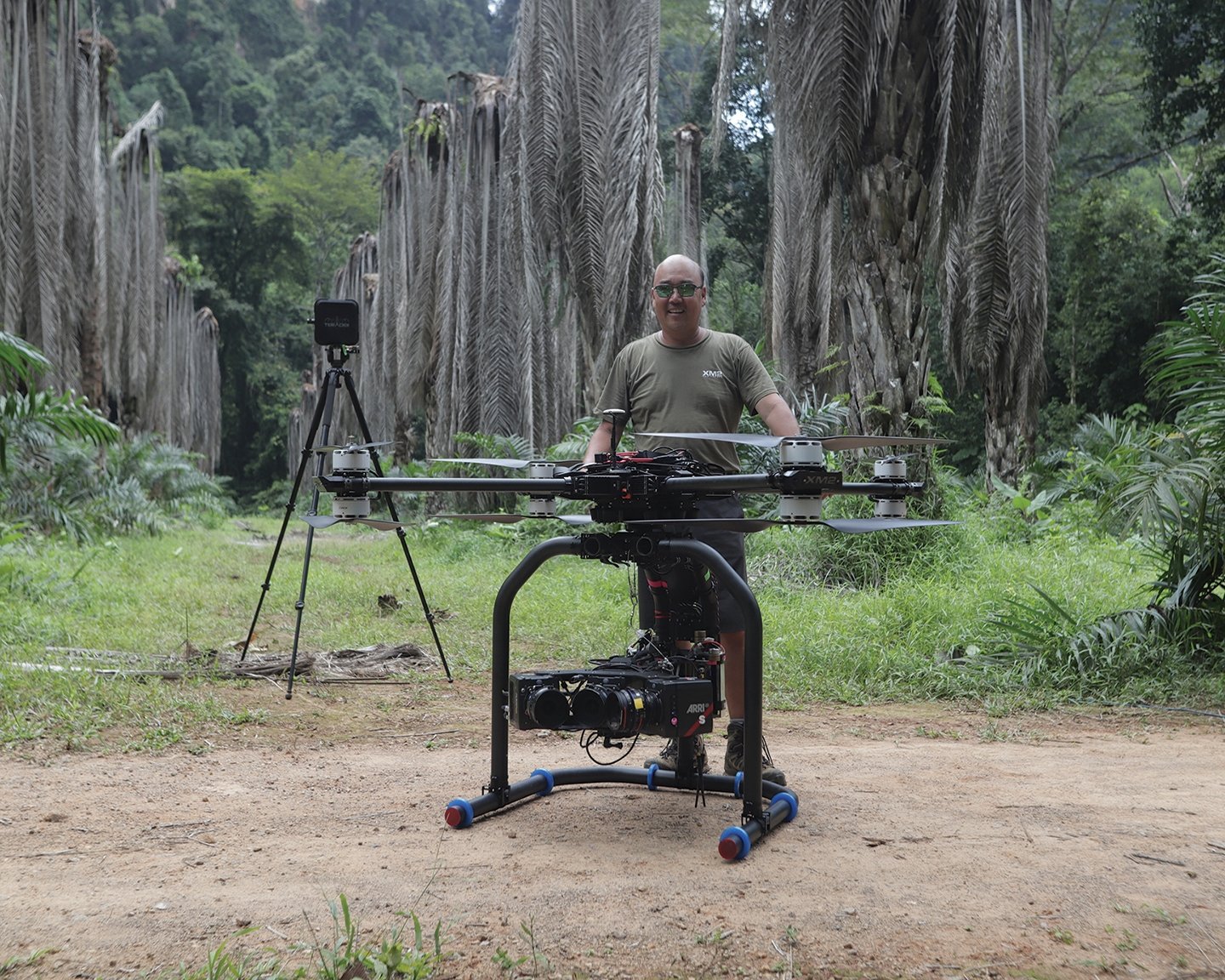
With so much evolving so quickly, filmmakers need to be able to communicate their objectives clearly. Says Phillips, “If you want a drone shot, what’s most important is to have a very clear vision of that shot, because that will affect who shoots it and what they shoot on — and, in turn, what it costs. It also comes in handy to know what is possible, what is logistically realistic. And on the flip side, if I am just on a project for a day as a drone operator, I need to know how to speak with the DP about what they are envisioning.
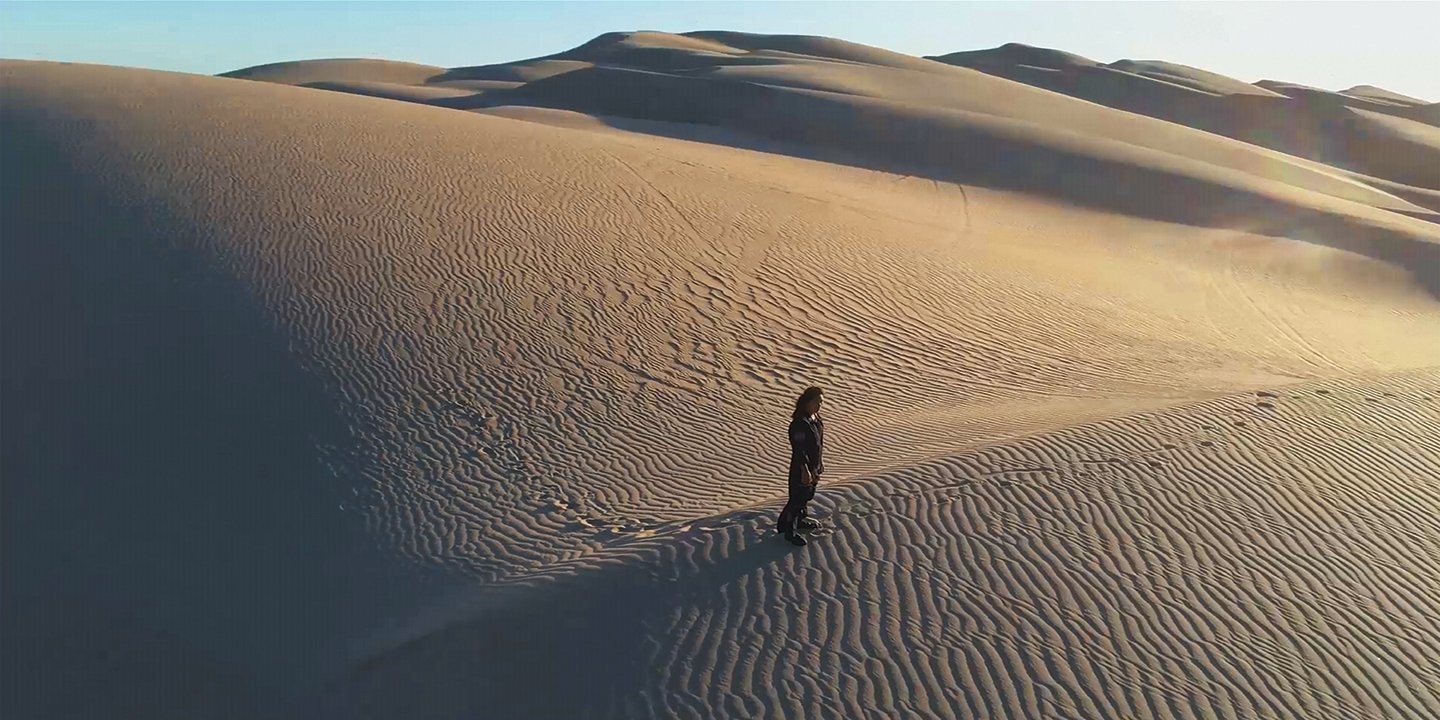
“Collaborating with drone operators is the same as communicating with any other specialty on set,” she adds. “It’s just that drones are newer than, say, underwater or Steadicam. As with those specialties, descriptive words are key. Do you want to float up, truck left, get a bird’s eye, track an actor, lead an actor, and from what angle to what angle? Sometimes the director doesn’t know what they want except for ‘cool’ or ‘epic.’ That’s not really a problem, either, because most drone operators know how to do cool and epic!”

